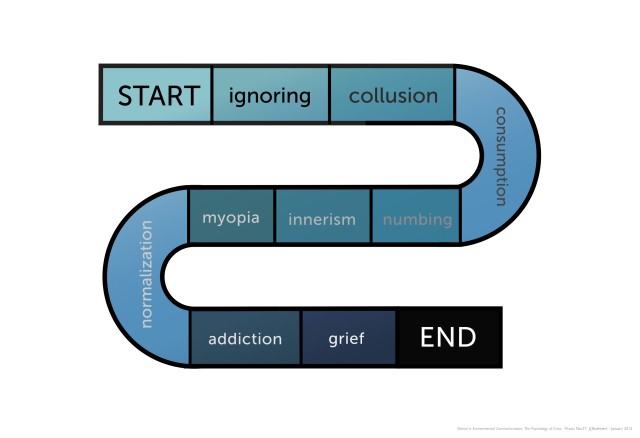
The many stages of denial
It took Google Fiber to change the paradigm that you only need enough broadband speed to run the basics — anything extra is extravagant and unnecessary. At least that is the argument broadband providers continue to make when asked about speed upgrades.
“When Google announced it was offering a gigabit, everybody was (like), ‘Huh? What are you going do with that?'” said Heather Burnett Gold, president of the Fiber to the Home Council Americas.
Time Warner Cable and AT&T are in the process of finding out in both Kansas City and (soon) in Austin, Tex. But when you don’t have what the other guy is offering, providers predictably switch to the cheaper-than-upgrades-argument, ‘you don’t need it.’
Before Google Fiber began a serious advance into Time Warner Cable territories and the cable company’s top speed of 50/5Mbps became an embarrassing outlier, then chief financial officer Irene Esteves poo-poohed the notion that people need anything faster than what Time Warner was already delivering. Esteves told an investment-phobic crowd of Wall Street analysts at a Morgan Stanley Tech Conference everyone was happy with what they already had.
“We just don’t see the need of delivering that [gigabit speed] to consumers,” Esteves said back in 2013.
Comcast didn’t think much of speed upgrades either… until it did in its regulatory filings to acquire Time Warner Cable, where Comcast championed the fact it offers more speed upgrades than Time Warner Cable ever did. But who can forget Comcast repeatedly telling customers their speeds were fast enough, and with their then-ubiquitous 250GB usage cap, you couldn’t use faster speeds for that much anyway.
“For some, the discussion about the broadband Internet seems to begin and end on the issue of “gigabit” access,” David L. Cohen, Comcast’s executive vice president, wrote in an editorial in the summer of 2013. “The issue with such speed is really more about demand than supply. Our business customers can already order 10-gig connections. Most websites can’t deliver content as fast as current networks move, and most U.S. homes have routers that can’t support the speed already available to the home.”
(Today, Comcast touts it has new routers that will support the fastest speeds on offer from cable companies and promises Time Warner Cable customers long overdue speed upgrades.)
Other providers that cannot possibly compete with Google Fiber’s speed also like to change the subject.
The Wireless Cowboys blog, run by a Wireless Internet Service Provider (WISP), believes the real issue isn’t about speed at all.
“All of the discussions about ‘Gigabit Internet’ and coming up with uses for it focuses too much on the American obsession with ‘bigger, faster, moar!’ while obscuring what I feel are the more important issues of accessibility, affordability, choice of provider, freedom from data exploitation and dependency on the cloud,” wrote the editor.
Unfortunately for him, it isn’t the American obsession with ‘bigger, faster, moar’ that is the issue. It is just about everywhere else where nations are treating major broadband upgrades as a national priority, while we depend almost entirely on a barely competitive private sector to deliver upgrades most of them don’t believe we need in the first place.
Dan Tesch wrote in InformationWeek earlier this year he wants the United States to sit this one out.
“Even if Latvians enjoy faster connections than Texans (2.5 x faster), I’m really curious how broadband speeds of more than a few  Mbps for average households can have a material impact on the economy,” he writes. “A 6Mbps connection could easily support several home users simultaneously shopping on multiple e-commerce sites, downloading iTunes, streaming Spotify, and so on. Do Americans really need gigabit to the home?”
Mbps for average households can have a material impact on the economy,” he writes. “A 6Mbps connection could easily support several home users simultaneously shopping on multiple e-commerce sites, downloading iTunes, streaming Spotify, and so on. Do Americans really need gigabit to the home?”
Back in the early 1990s, dial-up was plenty for the online applications of the day and faxing managed just fine at 9600bps over landlines, so why do we need more? Perhaps because dial-up is effectively dead to us and faxing has become quaint, like carrying cassettes in your car. Technology marches forward, and providers must follow (or preferably lead).
It is inevitable that faster broadband will drive development of new applications designed to take advantage of gigabit speeds as they become more common. That isn’t likely to happen for years in the United States and Canada, but those speeds are already becoming common in Europe and Asia. Where superfast broadband predominates, so shall high-tech app developers and other digital economy businesses. North America will be left behind until we finally catch up to Romania, Bulgaria, and South Korea.
The evidence is already there.
“I just returned from Stockholm where fiber connections are cheap and as available as running water,” said Susan Crawford, a visiting professor at Harvard Law School and author of “Captive Audience: The Telecom Industry & Monopoly Power in the New Gilded Age.” As a result, she said, developers there have “a digital sandbox to play in,” which means they are more likely to develop the next generation of software and hardware.
“Most people don’t really get it yet,” Synthia Payne, who moved from Denver to Kansas City, Kan., for a $70-a-month Google Fiber connection told the New York Times. She needed superfast broadband to develop an app called Cyberjammer that allows musicians around the world to jam online and in real-time. “People just haven’t conceived of what fiber will mean and how it will change the way we live and work.”
Brad Kalinoski and Tinatsu Wallace fled Time Warner Cable country in Los Angeles and moved to Wilson, N.C. They co-own Exodus FX, a company that provides special effects for commercials, television and feature films like “The Black Swan” and “Captain America.”
“We were doing so much business that we had to have increased bandwidth, so we started looking around and found Wilson,” said Kalinoski.
If they stayed in Hollywood, gigabit fiber broadband requires an extremely expensive commercial account with a substantial buildout/installation fee to reach the building and monthly charges starting at $1,500-3,000. Today, he pays Greenlight, Wilson’s publicly owned fiber to the building provider, $150 a month for gigabit access.
 Any digital economy business dependent on fast Internet can see the economics, and often relocate.
Any digital economy business dependent on fast Internet can see the economics, and often relocate.
“In New York, I pay four times as much as someone in Stockholm would pay for a connection that is 17 times as slow on the download and 167 times as slow on upload,” Crawford noted. “Most of us are paying enormous rents for second-class service.”
It’s the same in Seattle, where Eric Blank moved his 20-employee IT security firm from Seattle to Mount Vernon, Wash., which has its own fiber network. Blank could have kept paying CenturyLink or Comcast around $985 a month for vastly slower service or pay Mount Vernon for access to its public broadband service, which costs $250 a month. Blank told the New York Times he gets better service for his $250 in Mount Vernon than what he got at a higher price in Seattle.
Remarkably, for all the talk about why Americans don’t need faster Internet service, the moment a competitor starts selling it, the cheap talk turns into service upgrades (or at least press releases promising upgrades).
In Kansas City, speeds are rising not just because of Google Fiber. Akamai has found AT&T and Time Warner Cable are upgrading to deliver faster speeds as well.
We’re seeing faster speeds everywhere,” said David Belson, who authors the State of the Internet Report for Akamai. “Part of that is that the technology is improving to get better speeds out of existing networks, part of it is consumer demand, and part is the pressure that Google Fiber’s existence creates on everybody else.”
Today Time Warner Cable delivers 50Mbps for what it used to charge for 15Mbps service in Kansas City. AT&T has also boosted speeds of its U-verse service in many Kansas City neighborhoods, with promises to deliver gigabit speeds in Overland Park in the not-too-distant future.


 Subscribe
Subscribe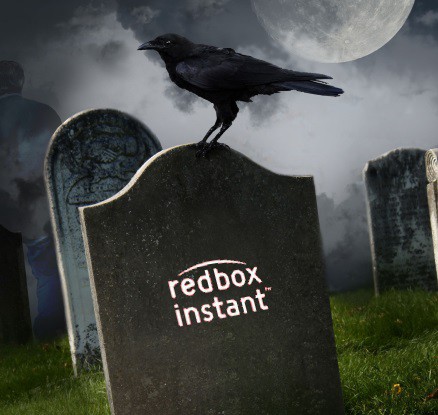
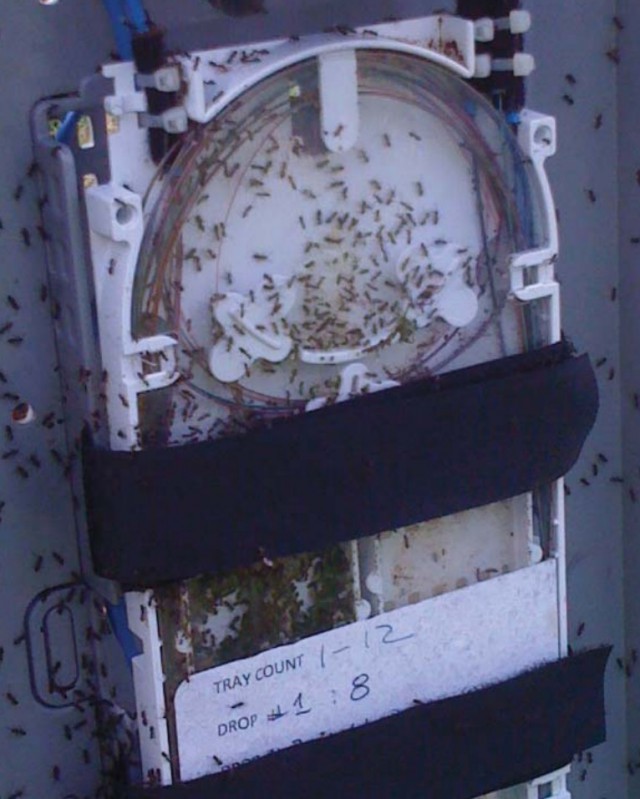
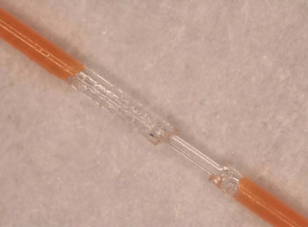

 Verizon Wireless, facing scrutiny from FCC chairman Thomas Wheeler, today announced it has canceled plans to introduce a new “network optimization” policy that would have significantly throttled down speeds for heavy users still on grandfathered, unlimited use data plans.
Verizon Wireless, facing scrutiny from FCC chairman Thomas Wheeler, today announced it has canceled plans to introduce a new “network optimization” policy that would have significantly throttled down speeds for heavy users still on grandfathered, unlimited use data plans.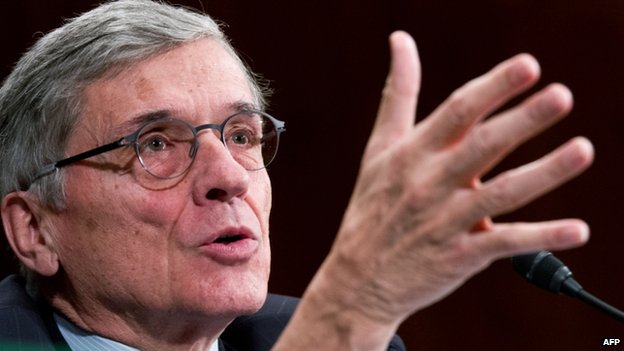
 Wheeler also questioned how Verizon could justify its planned speed throttling under the conditions it agreed to after winning the 700MHz “C Block.” That spectrum was accompanied by a special FCC mandate – open platform rules which prohibits Verizon Wireless from denying, limiting, or restricting the ability of end users to download and use applications of their choosing on the C Block networks. A speed throttle would make using some applications impossible.
Wheeler also questioned how Verizon could justify its planned speed throttling under the conditions it agreed to after winning the 700MHz “C Block.” That spectrum was accompanied by a special FCC mandate – open platform rules which prohibits Verizon Wireless from denying, limiting, or restricting the ability of end users to download and use applications of their choosing on the C Block networks. A speed throttle would make using some applications impossible.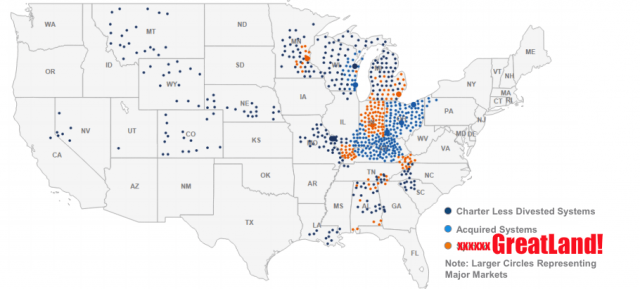
 With many customers having only one choice for High Speed Internet access above 15-25Mbps — the cable company — the arrival of GreatLand concerns many municipalities facing deadlines to approve a transfer of franchise agreements from Comcast to the new entity.
With many customers having only one choice for High Speed Internet access above 15-25Mbps — the cable company — the arrival of GreatLand concerns many municipalities facing deadlines to approve a transfer of franchise agreements from Comcast to the new entity.